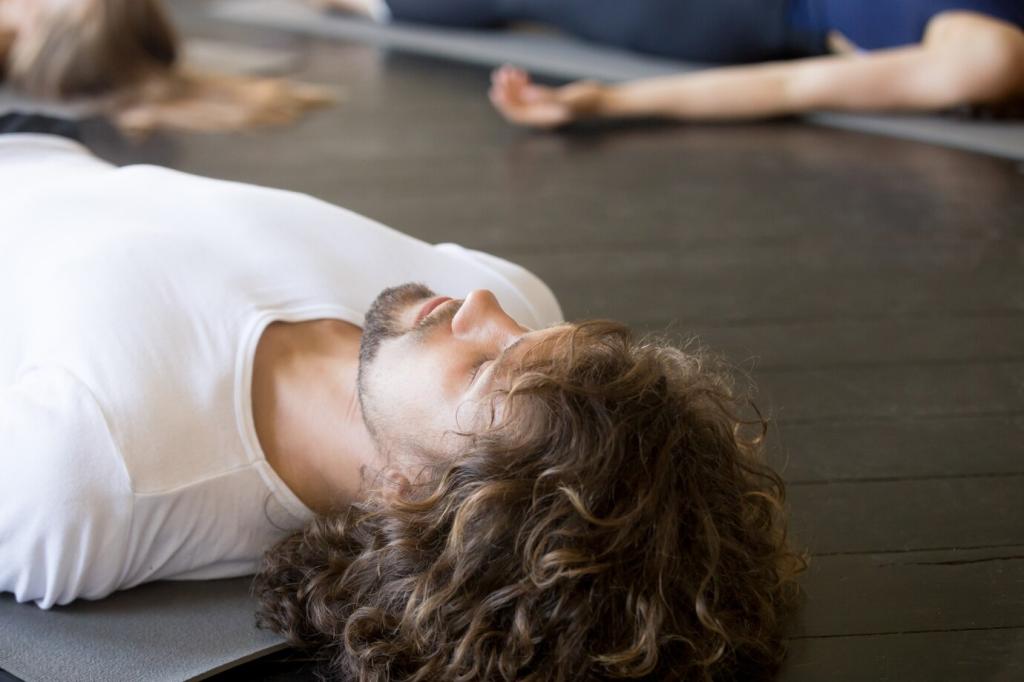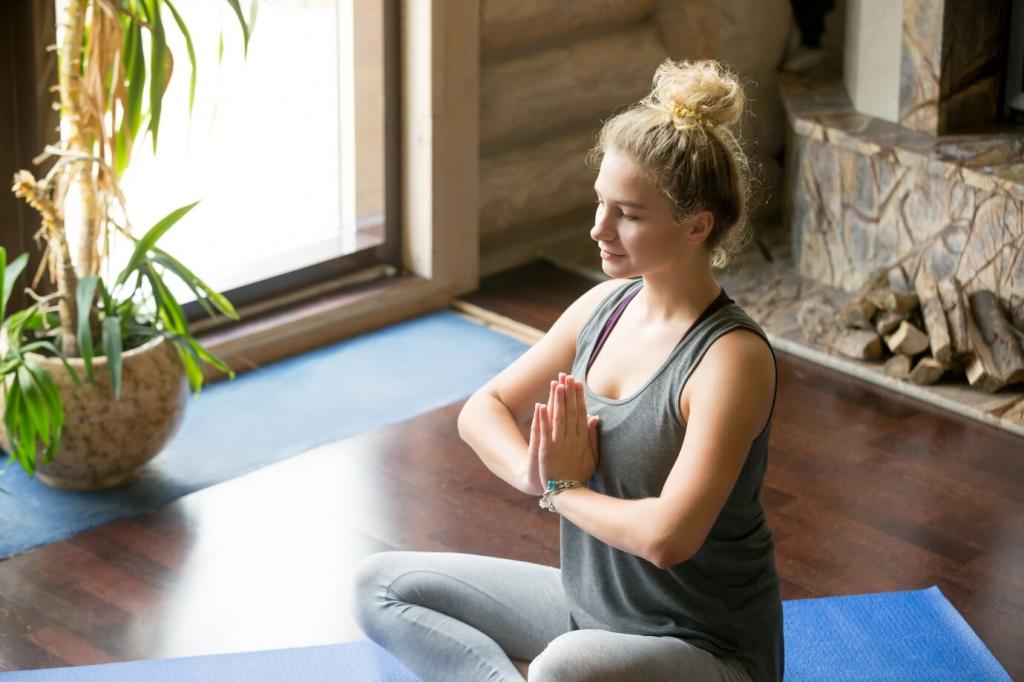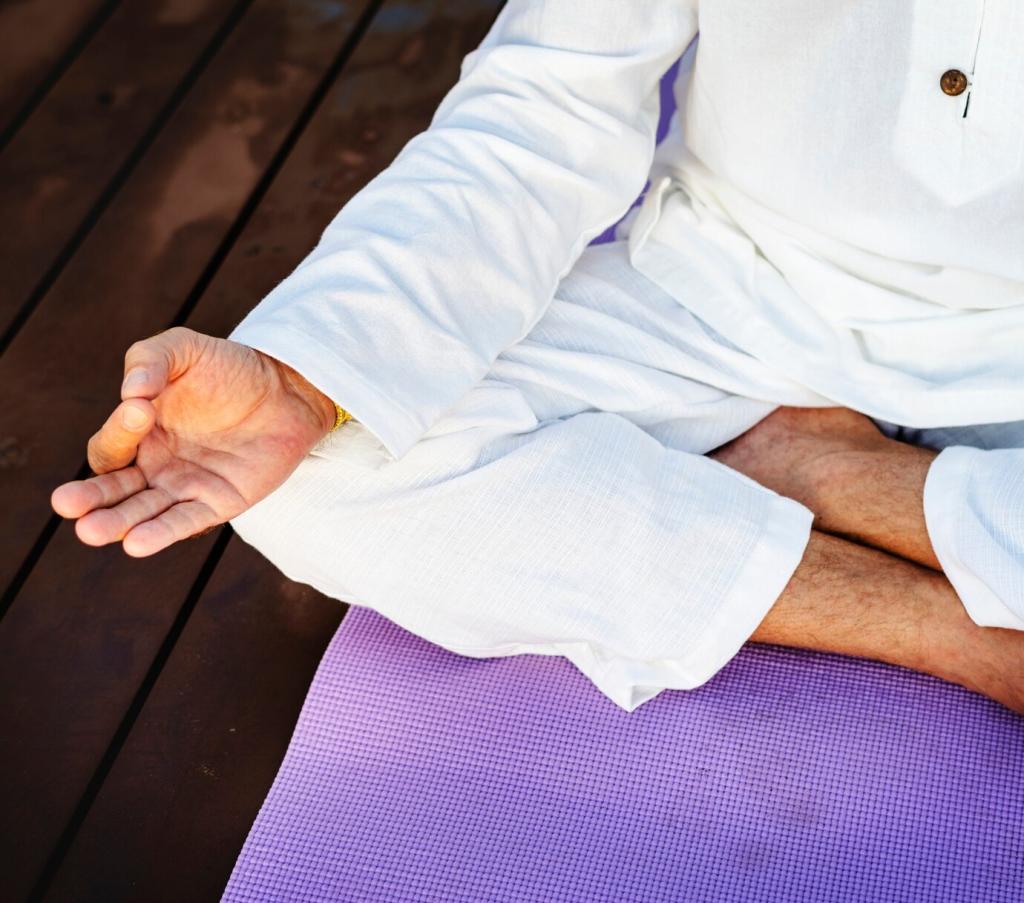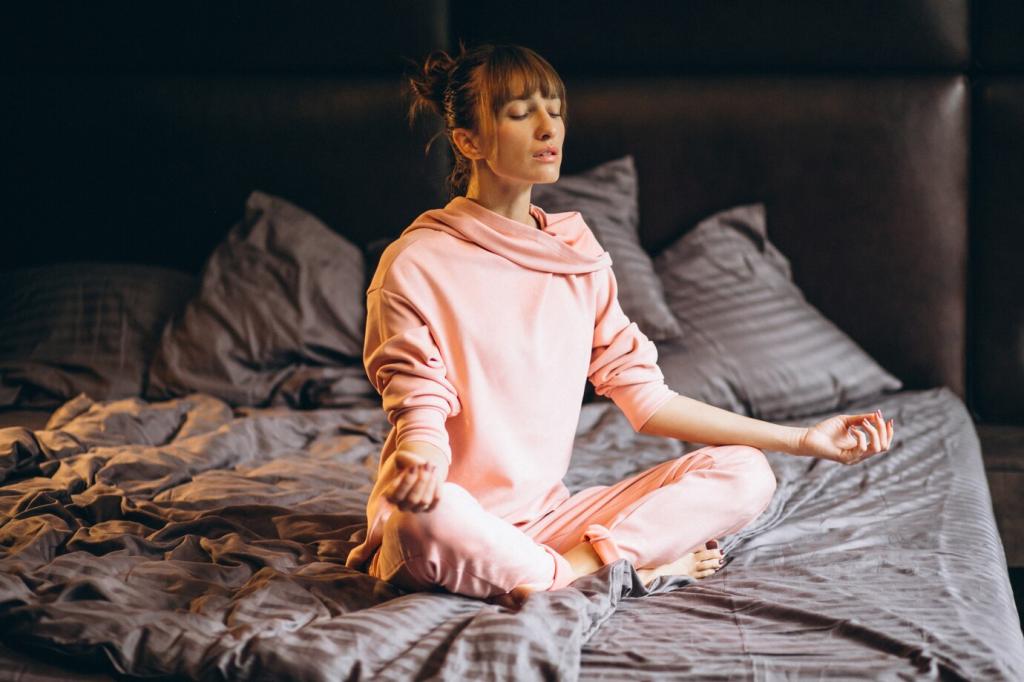
Visualization Practices for Healing Muscles
Chosen theme: Visualization Practices for Healing Muscles. Step into a focused, encouraging space where imagery, breath, and intention help your body rebuild strength, reduce pain, and trust movement again.

The Science Behind Imagery and Muscle Recovery
When you imagine a movement vividly, your brain primes the same neural pathways used during real motion. This rehearsal builds coordination, decreases compensations, and keeps your map of the muscle accurate while resting.
Getting Started: Build Your Healing Scene
Define a Clear Intention
Choose one muscle or region today. State your aim in simple words: soothe pain, restore glide, or rebuild strength. Let this intention anchor your imagery and shape each breath you take.
Engage All Five Senses
Picture light moving through tissue, feel gentle warmth spreading across fibers, and hear a rhythmic breath like ocean waves. Sensory detail helps your nervous system believe and embody the healing message.
Create a Repeatable Script
Write a short script describing your scene and read it softly before practice. Keeping language consistent trains your system quickly. Save your script and subscribe for weekly templates and guidance.
Motor Imagery: Rehearsing Movements Without Strain
Visualize tiny moments: the first lift of your heel, the gentle set of your shoulder blade, the even tightening of your core. Slow motion imagery reduces fear and lays down clean motor patterns.
Motor Imagery: Rehearsing Movements Without Strain
Watch a video of ideal form, then close your eyes and imagine yourself doing it. This combination recruits mirror neurons, sharpening timing and smoothness without overtaxing sensitive tissues. Tell us what clip helps you most.
Motor Imagery: Rehearsing Movements Without Strain
While visualizing, add a five-second light contraction, then relax. This anchors your mental picture into the body gently, teaching the muscle to respond accurately before heavier work resumes.



Weaving Visualization Into Physical Therapy
Spend two minutes picturing smooth, coordinated reps. See the muscle contract evenly and release fully. Arriving primed helps you hit cues faster and feel progress earlier during therapy.
Weaving Visualization Into Physical Therapy
Hold a simple image: fibers sliding like well-oiled threads, tension spreading evenly, joints aligning. One clear picture reduces overthinking and supports steady breathing throughout each repetition you complete.

Stories From Recovery: Imagery That Changed the Path
The Runner and the Calf Strain
Unable to sprint, she imagined elastic fibers recoiling smoothly while lightly tapping her foot. Within weeks, form felt cleaner, and fear decreased. Visualization kept drive alive between careful, incremental runs.
Cellist’s Shoulder Renewal
He pictured the shoulder blade gliding like a skater over ice before bowing. Pain eased as posture improved, and practice tolerance expanded. His nightly script became a ritual he still keeps now.
Your Story Belongs Here
What image has helped your muscles most? Share a few lines and your favorite cue. Your perspective may be the missing bridge someone else needs today to stay consistent and hopeful.
Build a Daily Visualization Habit
Two minutes intention, three minutes sensory scene, three minutes motor imagery, two minutes reflection. Keep it brief and repeatable so you show up daily, even when motivation feels fragile or thin.

